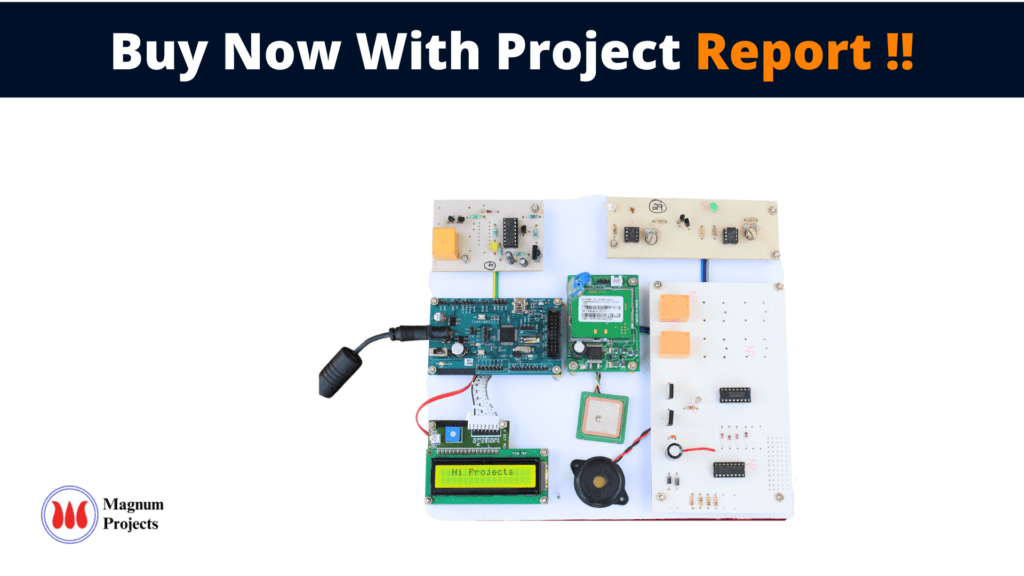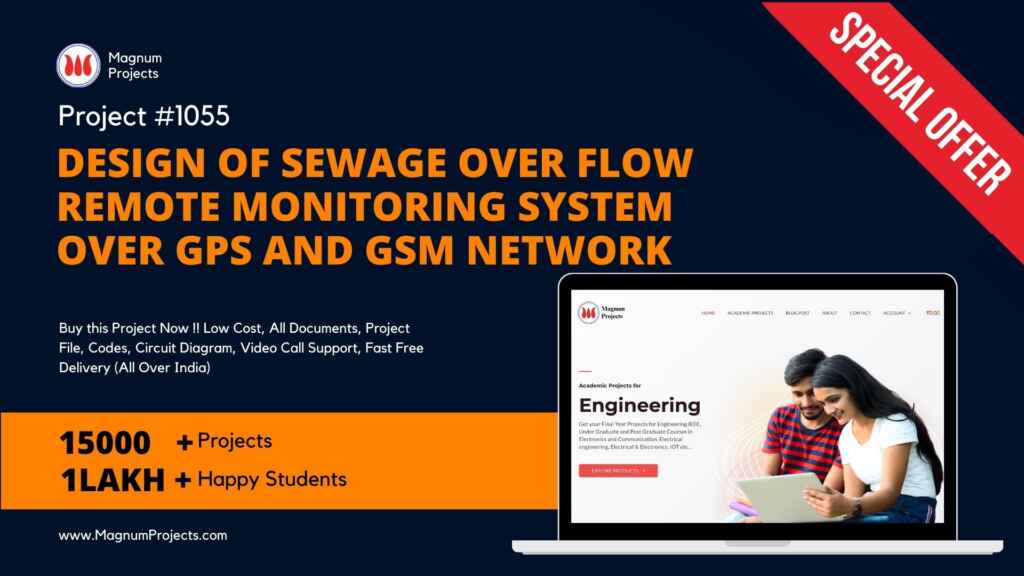Table of Contents
Introduction:

The City of Winnipeg’s Water and Waste Department has completed a comprehensive planning study of its combined sewer system in terms of the effects of sewer overflows on river water quality and related river uses. The Sewer Overflow Management Study involved several years of study activity. This important planning study will help to define the next generation of water pollution control for the City. The study will assist in the development of long-term environmental policies about the Red and Assiniboine rivers and could result in a substantive long-term commitment of financial resources. Sewer overflows are a major public and environmental policy issue. Exploring the best ways to deal with Sewer Overflow raises many issues and presents many choices. These include technical choices on how best to modify the old combined sewer system, the extent of practicable Sewer Overflow Control, and value judgments on acceptable levels of protection of the rivers. The options could be costly, and the benefits are difficult to quantify. In forming positions on these important public policy issues, the City, the public, and the regulatory agencies must be provided with comprehensive information to facilitate an informed decision-making process.

Block diagram explanation :
Power supply unit:
This section needs two voltages viz., +12 V & +5 V, as working voltages. Hence specially designed power supply is constructed to get regulated power supplies.
GPS module:
This is a GPS Receiver (5V Serial) with high gain having 4 Pin 2.54mm pitch strip. The third-generation POT (Patch Antenna on Top) is used by the receiver for the GPS module. It can be interfaced with normal 5V ARM7 with the help of the in-built 3V-5V converter. The interfacing is made easier with the help of a low pin count (4-pin) strip. The 4 Pins are 5V, TX, RX, and GND. This standalone 5V GPS Module does not require external components. It consists of an internal RTC Back up battery and can be directly connected to the USART of the ARM7.
The current date, time, longitude, latitude, altitude, speed, and travel direction / heading among other data, are provided by the module and can be used in many applications including navigation, fleet management, tracking systems, mapping, and robotics. The module can support up to 51 channels. The GPS solution enables small form factor devices which deliver major advancements in GPS performance, accuracy, integration, computing power, and flexibility. They are used to simplify the embedded system integration process.
GSM:
GSM Shield (SIM 900a): The SIM900 which is a complete Quad-band GSM/GPRS solution comes in a SMT module that can be embedded in customer applications. Featuring an industry-standard interface, the SIM900 delivers GSM/GPRS 850/900/1800/1900MHz performance for Data, voice, SMS, and Fax in a small form factor and with low power consumption. SIM900 can fit almost all the space requirements in the M2M application with dimensions of 24mm x 24mm x 3 mm. SIM900 is designed with a very powerful single-chip processor integrating AMR926EJ-S core. Quad-band GSM/GPRS module with a size of 24mmx24mmx3mm, SMT type suit for customer application, An embedded Powerful TCP/IP protocol stack Based upon the mature and field-proven platform, backed up by our support service, from definition to design and production.
NOTE: Modem may change.
ARM processor:
ARM is a computer processor-based RISC architecture. A RISC-based computer design approach means ARM processors require significantly fewer transistors than typical processors in average computers. This approach reduces costs, heat, and power use. The low power consumption of ARM processors has made them very popular:
The ARM architecture (32-bit) is the most widely used in mobile devices, and the most popular 32-bit one in embedded systems.
ARM processor features include:
- Load/store architecture.
- An orthogonal instruction set.
- Mostly single-cycle execution.
- A 16×32-bit register.
- Enhanced power-saving design.
Buffers:
Buffers do not affect the logical state of a digital signal (i.e. a logic 1 input results in a logic 1 output whereas logic 0 input results in a logic 0 output). Buffers are normally used to provide extra current drive at the output but can also be used to regularize the logic present at an interface.
Drivers:
This section is used to drive the relay where the output is the complement of input which is applied to the drive but the current will be amplified.
Relays:
It is an electromagnetic device that is used to drive the load connected across the relay and the o/p of the relay can be connected to the controller or load for further processing.
Indicator:
This stage provides a visual indication of which relay is actuated and deactivated, by glowing respective LED or Buzzer.
Methodology:
This proposed work is an attempt to design a sewage overflow unit that uses the global positioning system to determine the precise location of an overflow to which it is attached and using a GSM modem this information can be transmitted to remote users. This system contains a single-board embedded system that is equipped with GPS and GSM modems along with an ARM processor. During object motion, its location can be reported by SMS message. A software package is developed to read, process, analyze and store incoming SMS messages. The use of GSM and GPS technologies allows the system to track overflow locations.
The IR transmitter transmits the IR signals continuously, IR receiver receives continuously if any overflow of sewage breaks in the community of IR TX & IR RX signal then it gives the signal to the ARM, then the ARM will sends the information & co-ordinates which reads from GPS location of overflow to receiving station through GSM which is in Municipality office. At the same time, ARM will generate the output that is fed to buffer IC 4050, buffer stores and given to the driver IC 2003 in driver current will amplify and voltage will invert with the help of the Darlington circuit of driver IC to drive the relay. Then the signal is given to the output load for indication purposes.
Advantages:
- Prevent pollution and promote reuse and recycling
- Reduce priority and toxic chemicals in products and waste; and
- Conserve energy and materials
Disadvantages:
In this project usage of relays leads to consuming more power.
Applications:
- Hydraulic and water quality monitoring of water transmission and distribution systems (this also includes capturing fast-pressure transient events).
- Remote acoustic leak detection including remote cross-correlation.
- Monitoring the water level in sewer collectors and combined sewer outflows.




